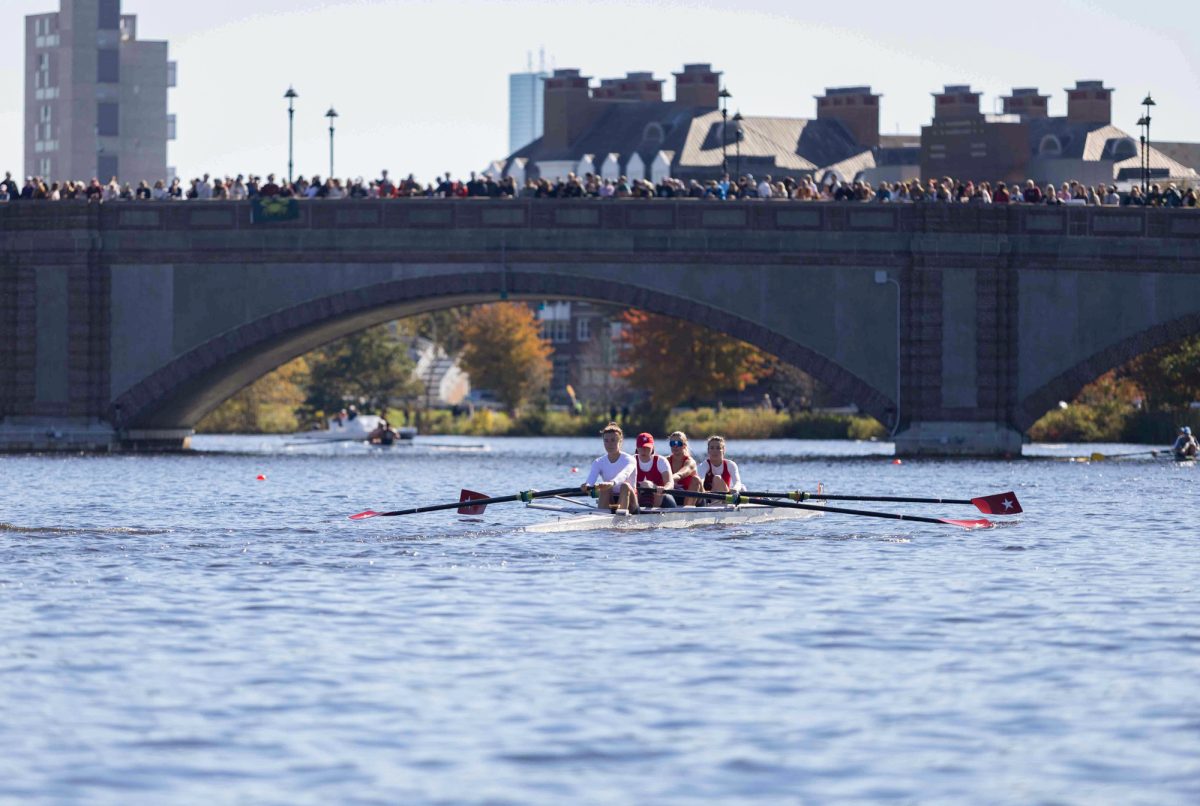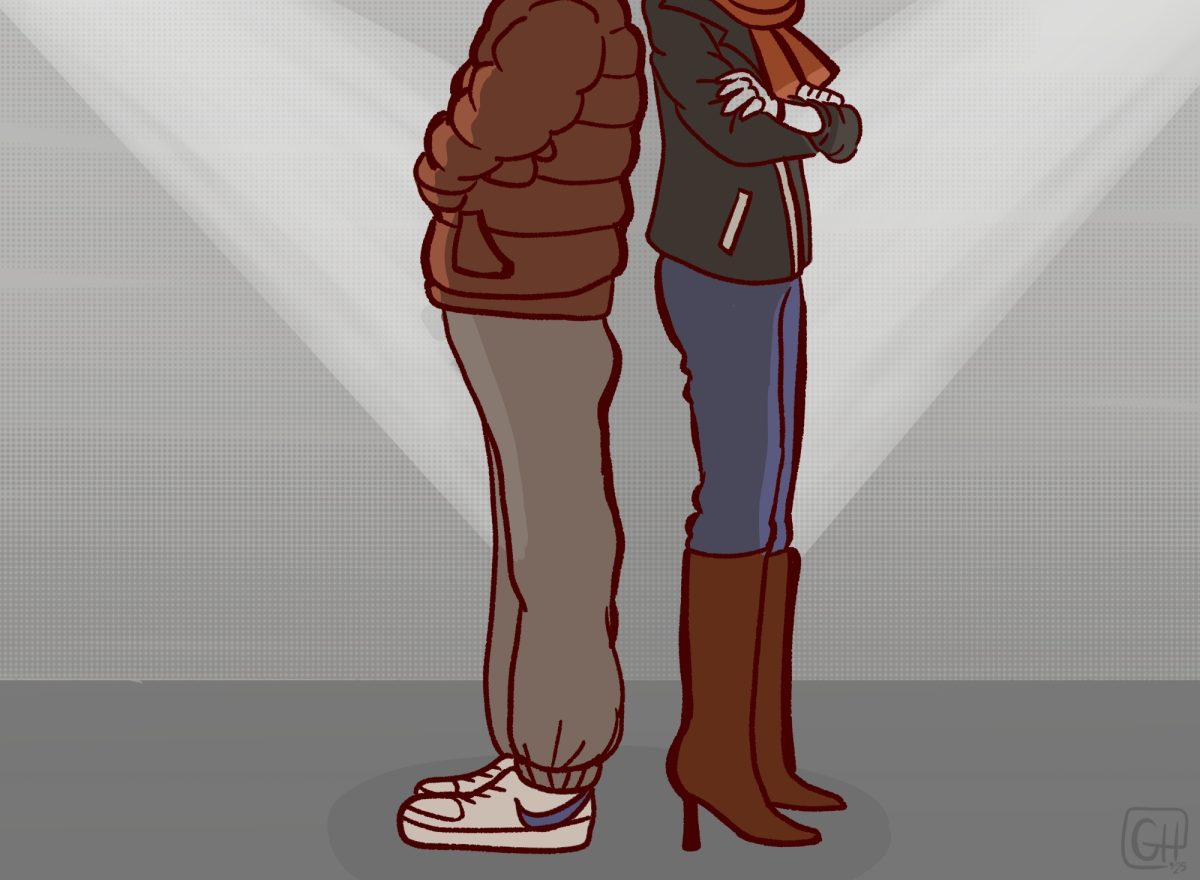Despite new rules further limiting smoking areas at universities across the country, Boston University officials maintained that designated smoking areas would remain unchanged.
“BU’s smoking policy is indicated in the handbook,” said BU spokesman Colin Riley. “We try to exercise good judgment in designating areas.”
The University of California at Berkeley recently implemented policies prohibiting smoking within 15 to 20 feet of building entrances and exits, according to the Daily Californian. Berkeley’s 5-foot limit was amended in response to protests from Butt Out!, an anti-smoking student group originating on Berkeley’s campus, but Riley said he knew of no student groups that protested BU’s smoking policies.
“I don’t know of any groups currently protesting the outside smoking areas,” Riley said. “Some individuals will make a complaint that they have to walk through smokers to get in buildings and we deal with their complaints as best we can.”
Both smokers and non-smokers on campus found policies dictating the distance smokers must stand away from the building to be irrelevant.
“What does it matter if it’s 15 feet away or not?” asked Alicia Casey, a College of Arts and Sciences sophomore. “It doesn’t make a difference.”
Rachel Sciaba, a CAS sophomore, said she agreed.
“It doesn’t bother me as long as it’s inside,” Sciaba said.
Other students, however, disagreed with specific limits placed on smokers standing near the entrances or exits. CAS sophomore Ashley Hague said BU would be hypocritical to institute a policy like Berkeley’s.
“If university-owned stores such as Campus Convenience sell cigarettes to students and BU provides smoking lounges and rooms, it would be weird if they were so particular about restricting smoking areas outside,” Hague said. “Plus they have designated smoking areas right outside the doors of the School of Management.”
Michael Siegel, a School of Public Health professor of social and behavioral sciences and a strong advocate of second-hand smoke protection policies, found policies concerned with outdoor smoking limits impertinent to the larger problem of smoking indoors.
“I don’t see exposure to smoking while people are walking in and out of doors as a threat,” Siegel said. “It is not a serious health hazard.”
However, Siegel said even though the effects of second-hand smoke were not nearly as dangerous outside, the outdoors would not fully protect non-smokers from second-hand smoke.
“Designated areas do not protect people from second-hand smoke,” Siegel said. “It’s kind of like having a designated chlorinated area in a swimming pool.”
Rachel Freedland, a CAS sophomore, said she agreed with the policy of restricting smokers from standing near the doors because smoke in these public areas is bothersome to students.
“I completely understand the need for smoking rules,” Freedland said. “Nobody likes a cloud of smoke blown in their face.”
Betsey Halley said she agreed smoking outside was unpleasant, but disagreed with policies that tried to implement specific limits.
“Though it is not pleasant to walk through a cloud of smoke, to what extreme are they going to take it?” said Halley, a CAS sophomore.














































































































